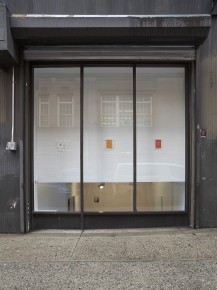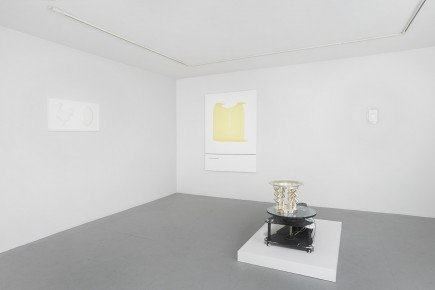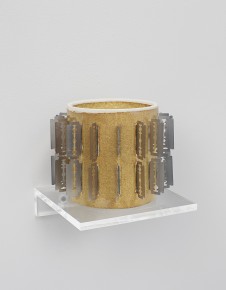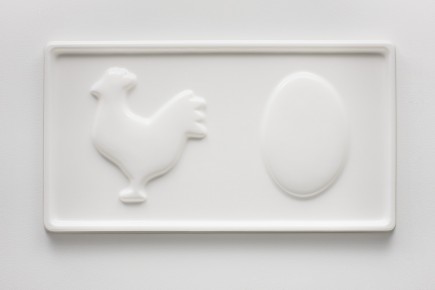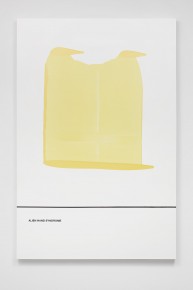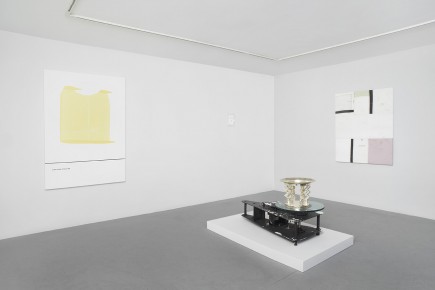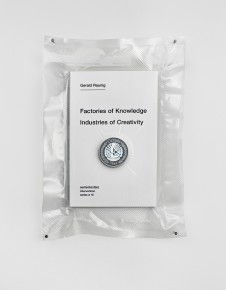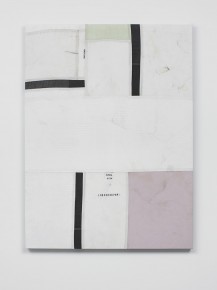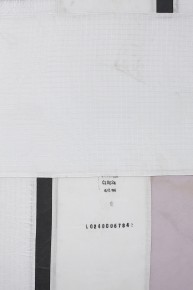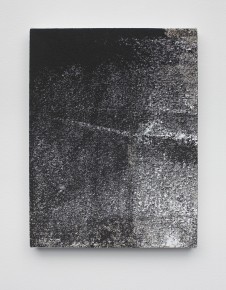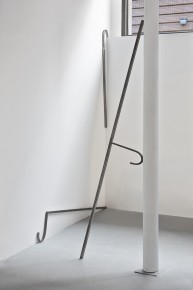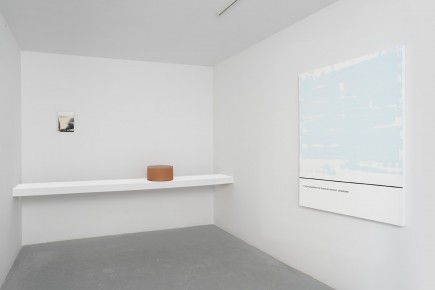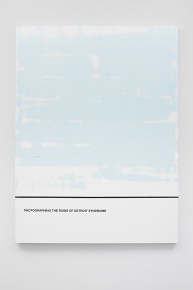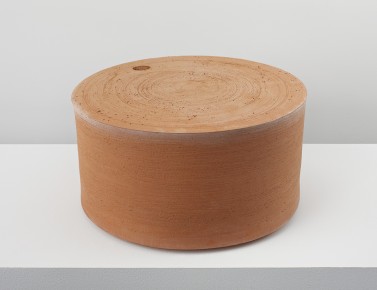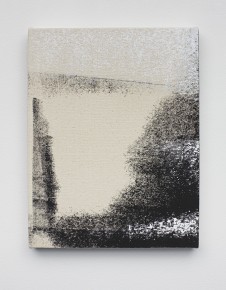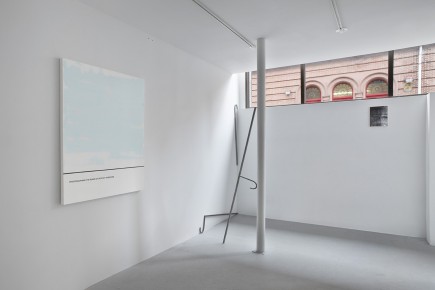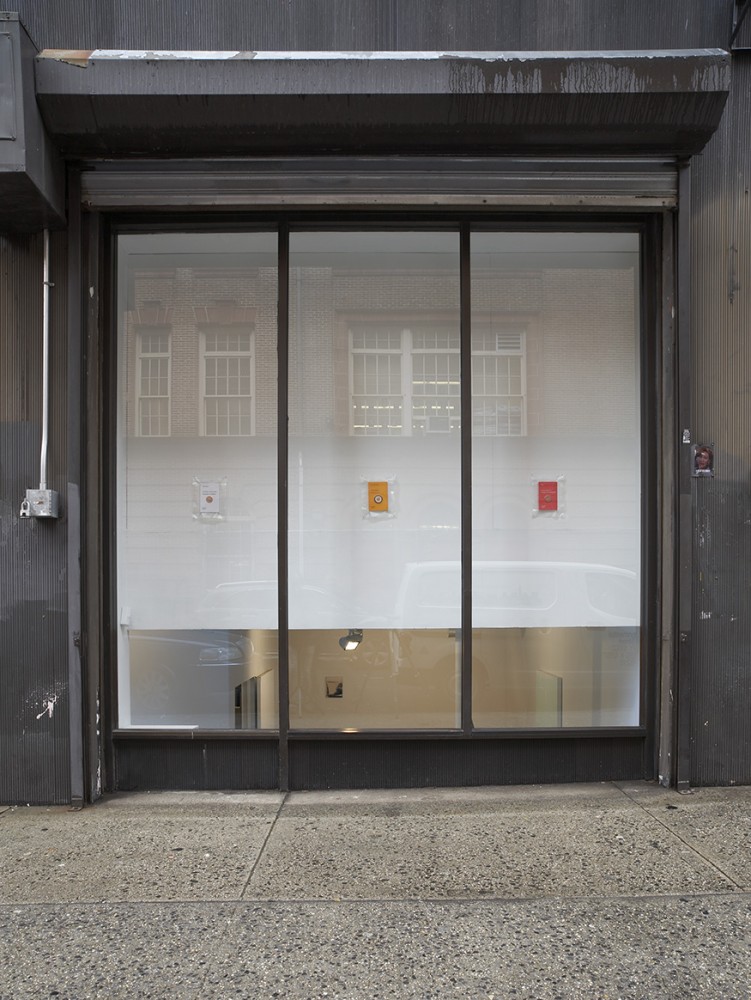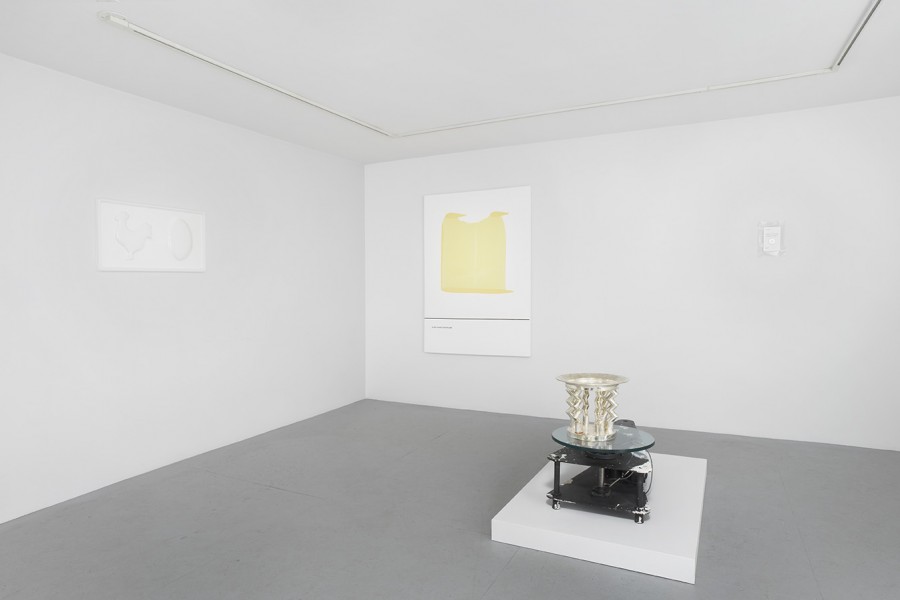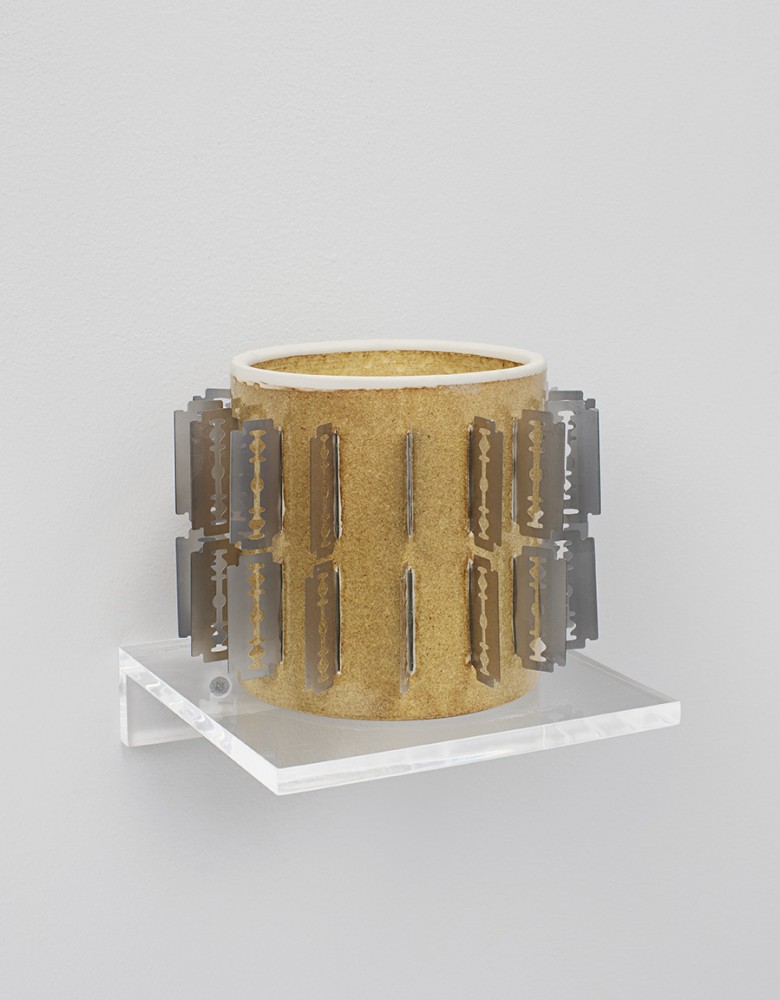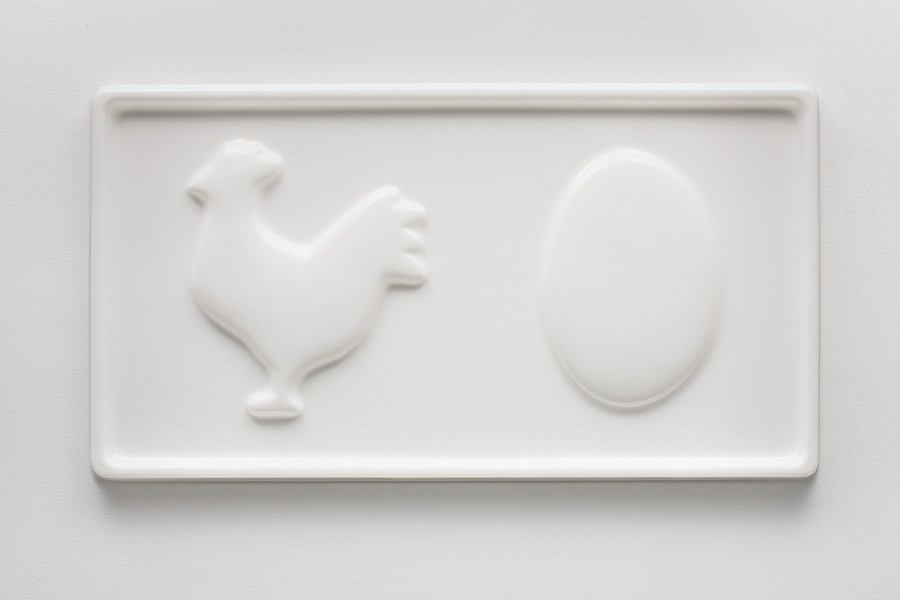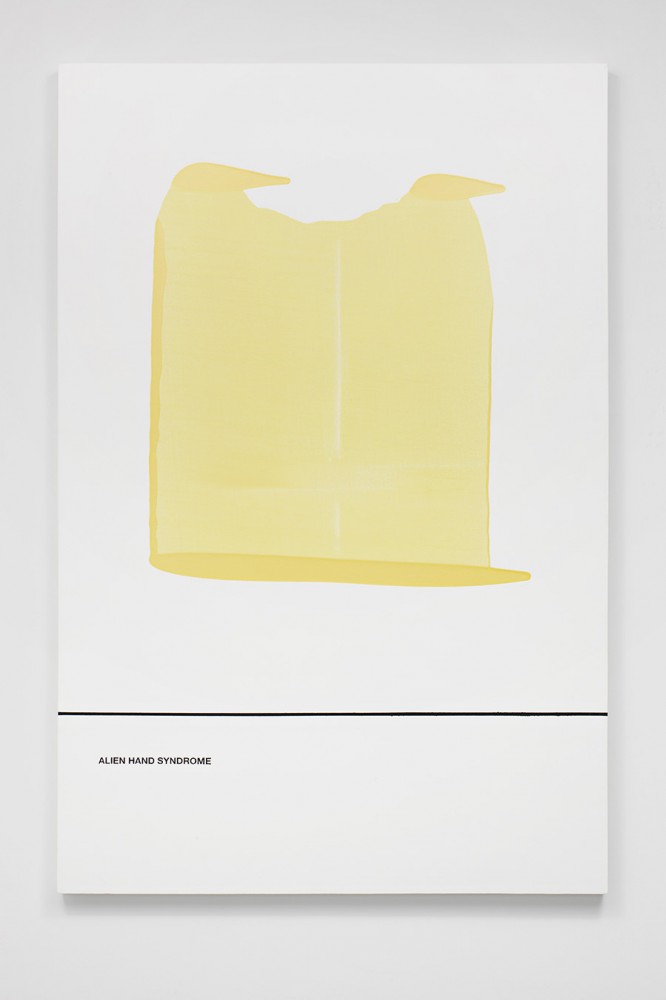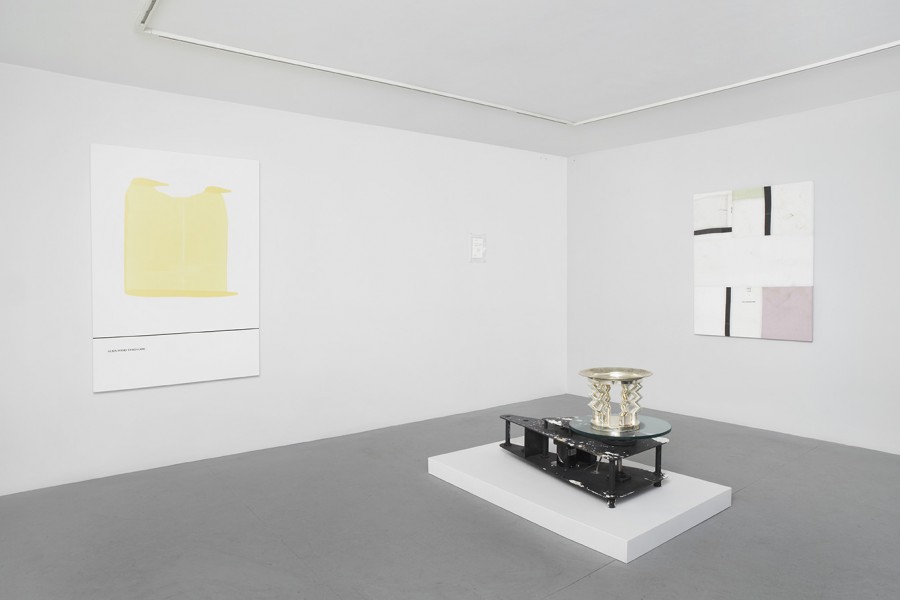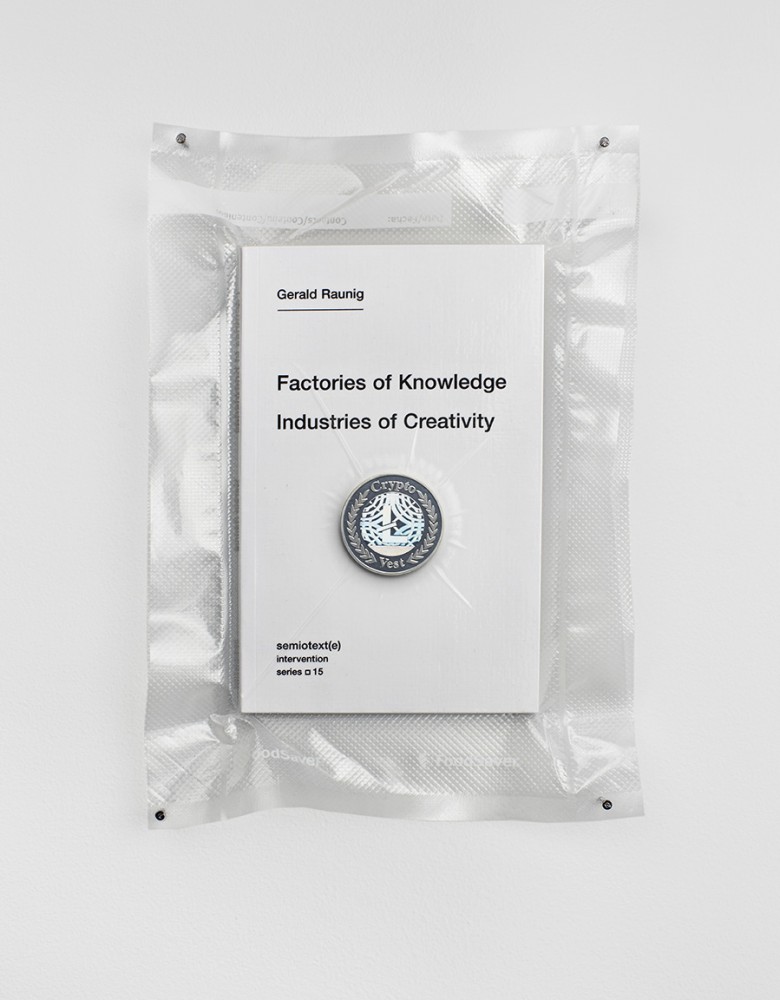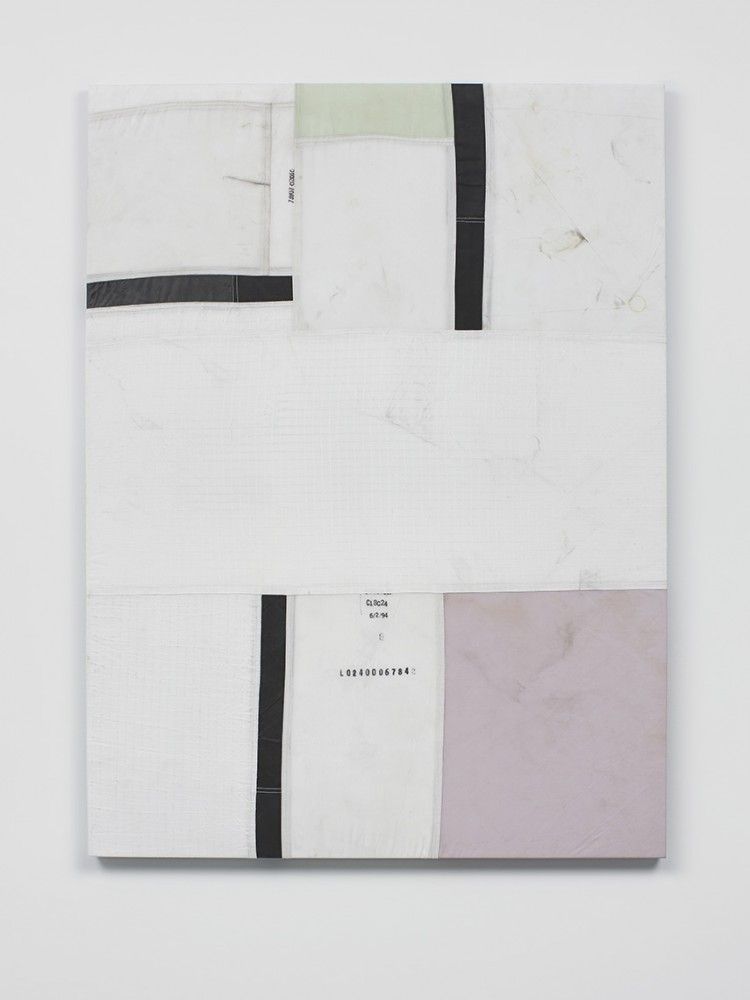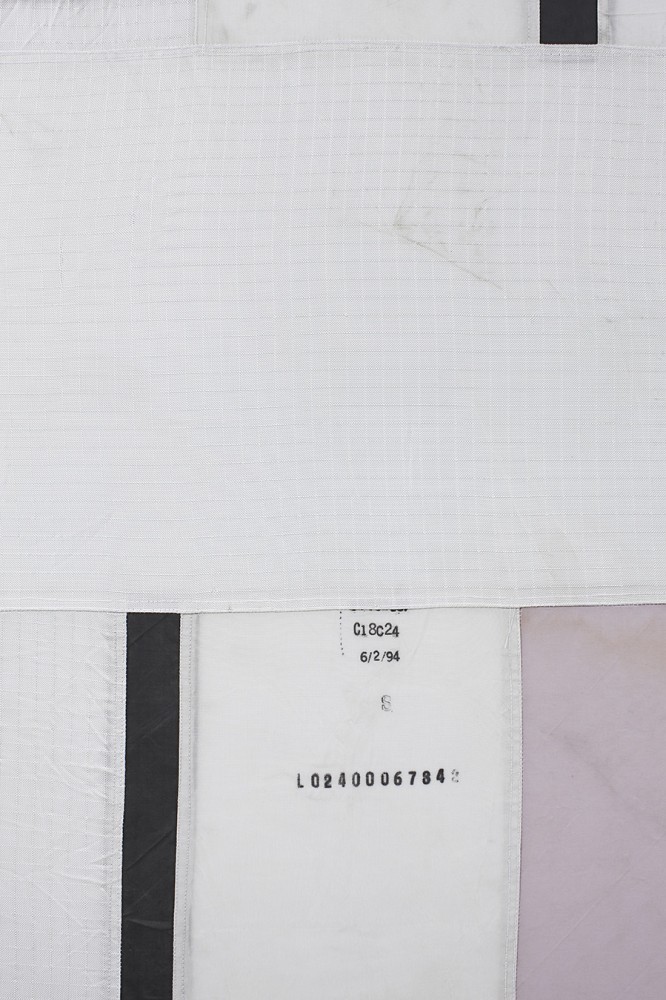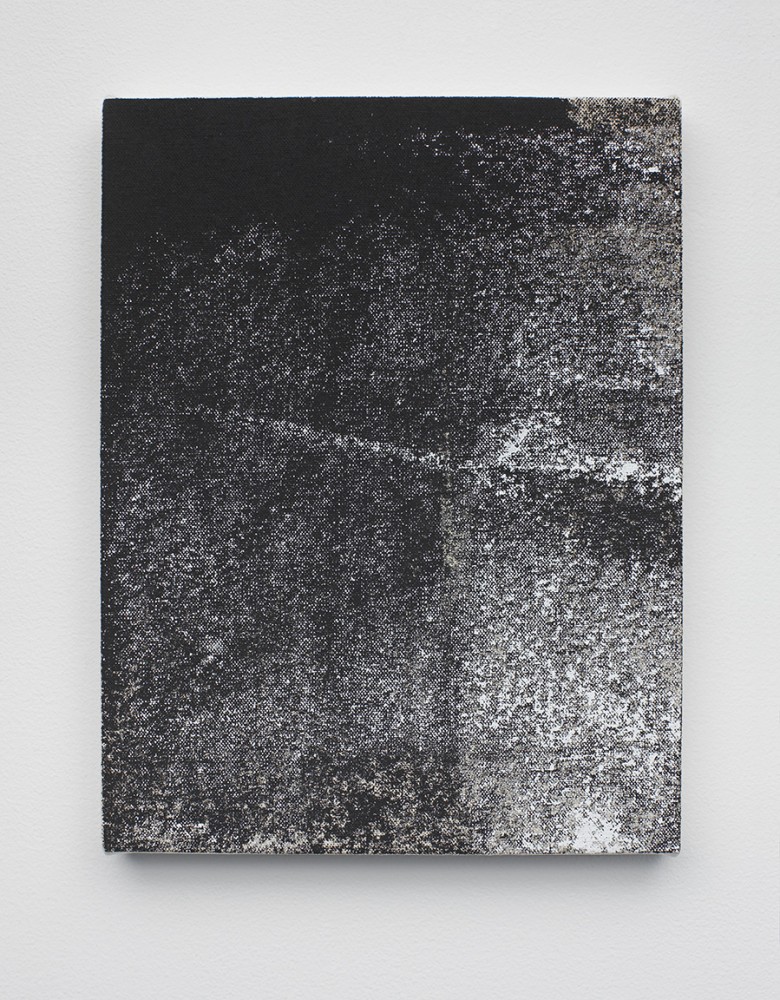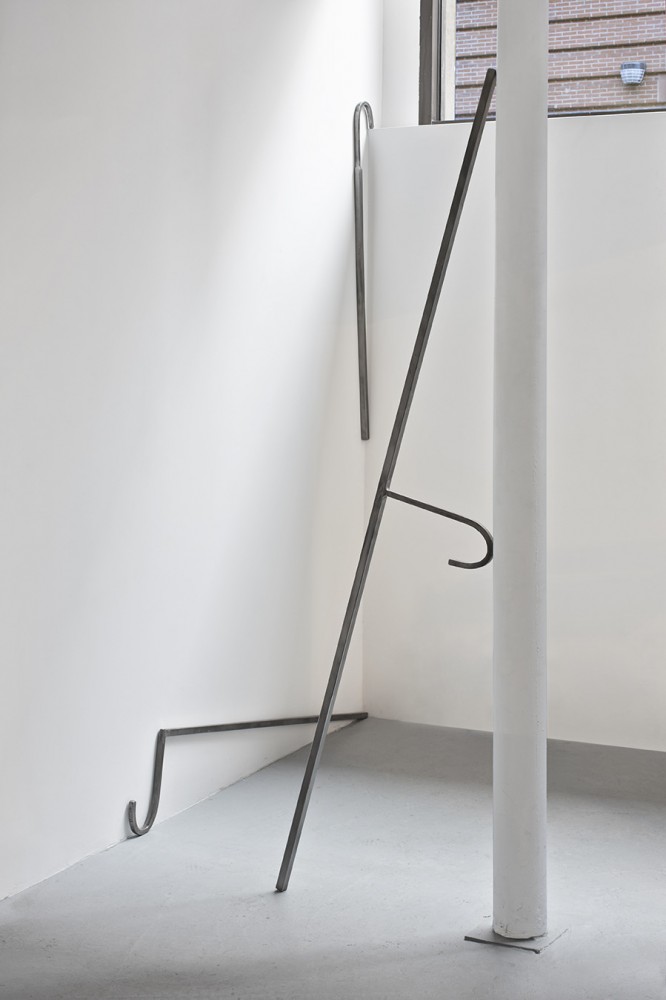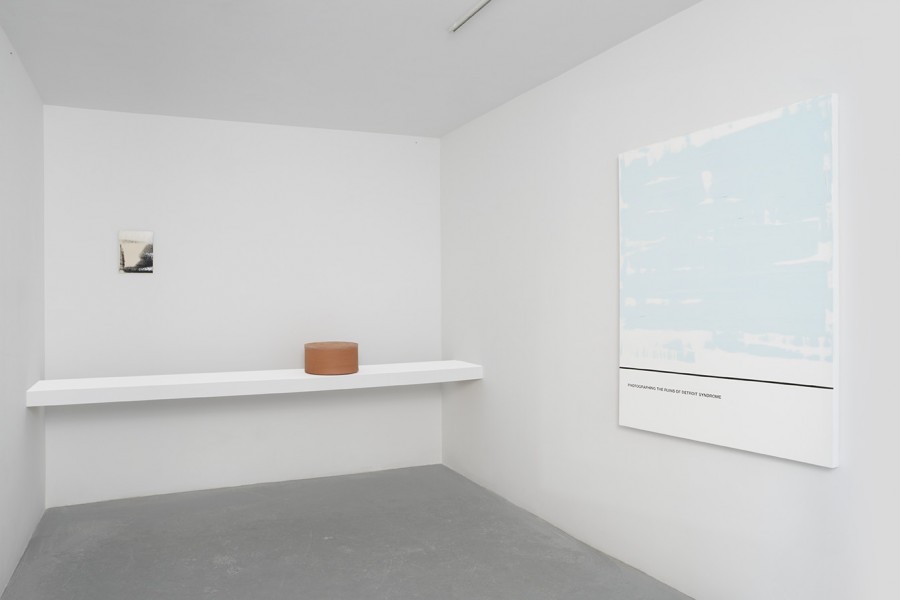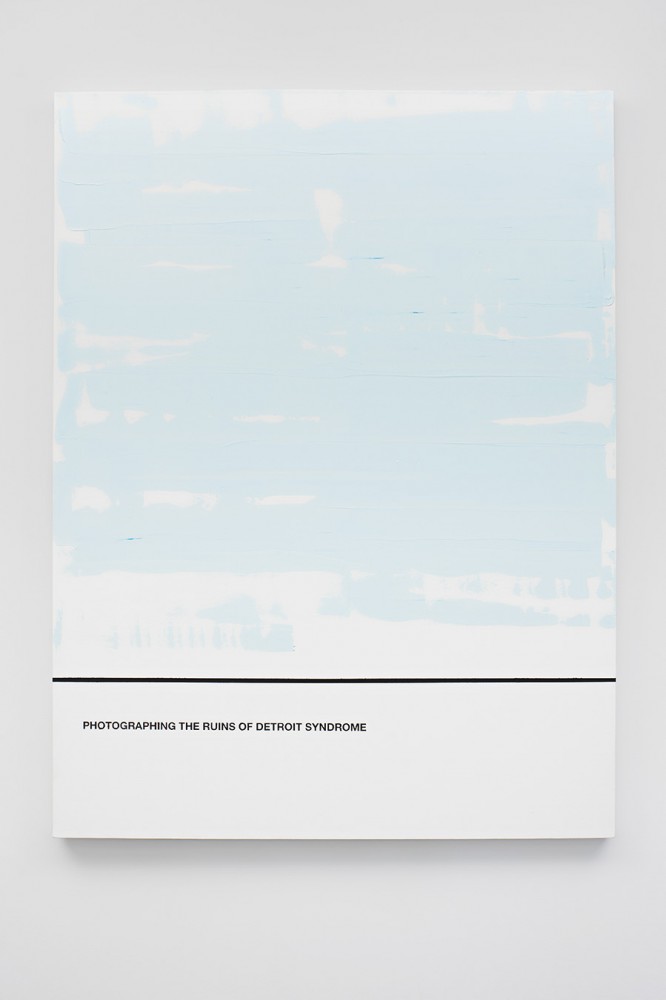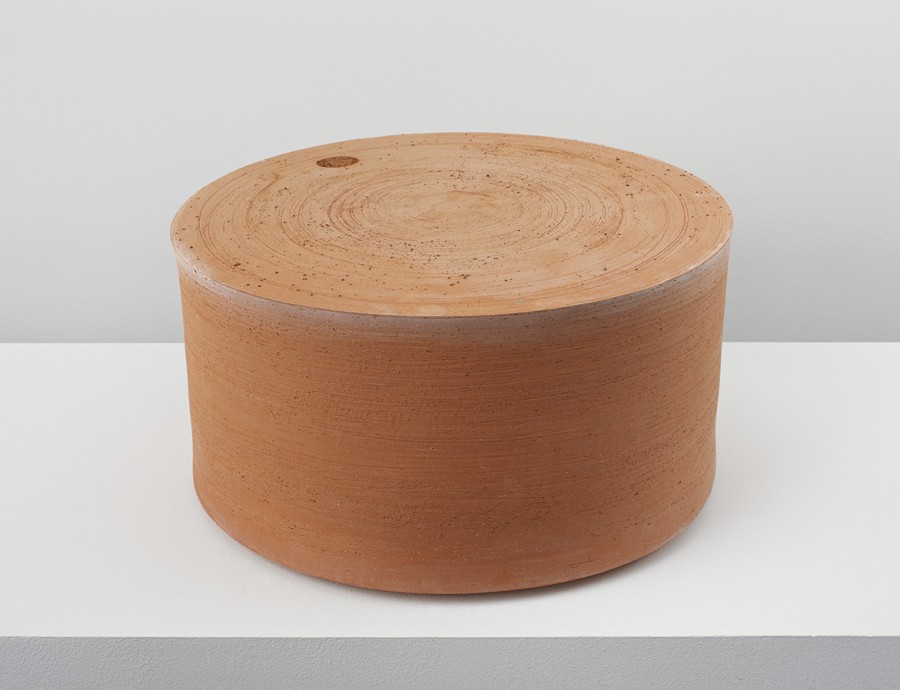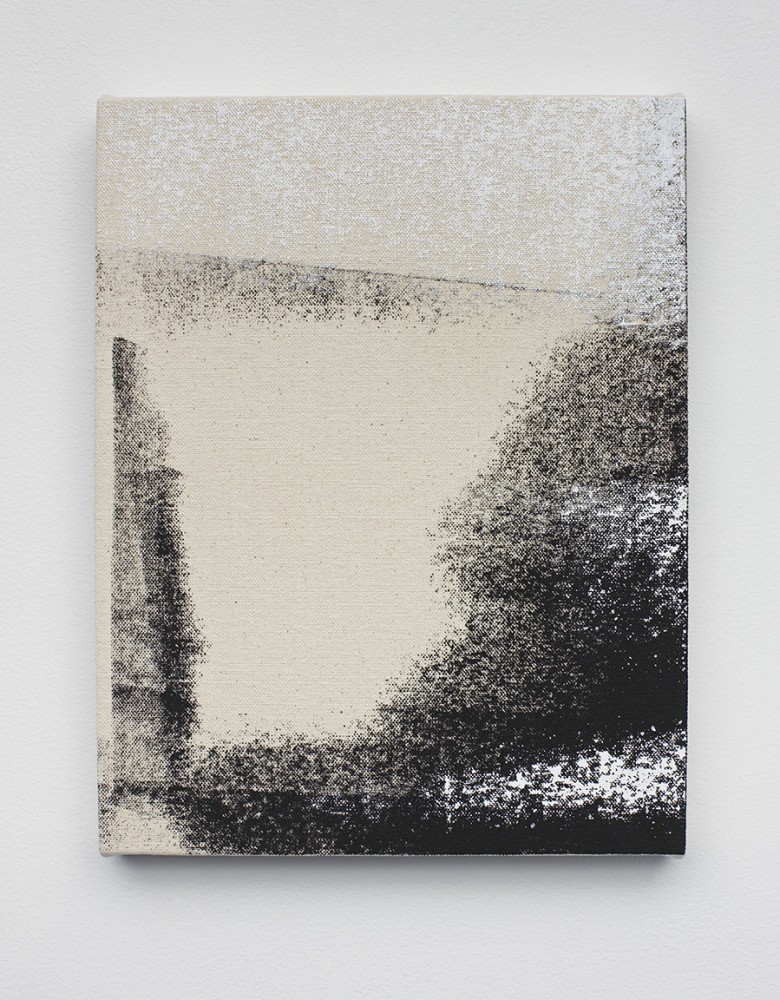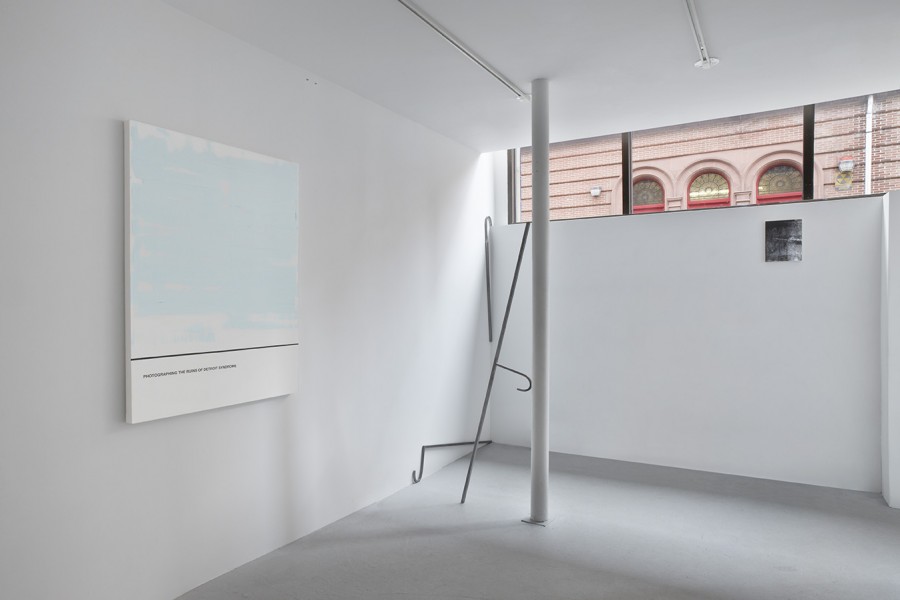A century ago, Marcel Duchamp coined the term “bachelor machine” in reference to the lower half of his Large Glass (1915-23). In conceiving this work of art he developed a vast, enigmatic creation myth whose tenets remain open to interpretation. His hand-written notes, the precursor and companion text of his vitreous masterpiece, were later type-set and translated:
the Bride stripped bare by the bachelors
2 principal elements: 1. Bride
2. Bachelors
Graphic arrangement.
a long canvas, upright
Bride above–
bachelors below.
The bachelors serving as an
architectonic base for the Bride
the latter becomes a sort of
apotheosis of virginity.
–Steam engine
on a masonry substructure
on this brick base. a solid foundation,
the Bachelor-Machine fat
lubricious–(to develop.)
At the place (still ascending)
where this eroticism is revealed (which should
be one of the principal cogs in the
Bachelor Machine.
In 1975, Harald Szeemann curated “Le Macchine Celibi / The Bachelor Machines” a traveling exhibition that placed Duchamp at its center while discussing sources as diverse as Franz Kafka, Raymond Roussel and Alfred Jarry, in whose work Szeemann wrote that machines stand for “the omnipotence of eroticism and its negation, for death and immortality, for torture and Disneyland, for fall and resurrection.”
Continuing this discussion, Bachelor Machines is an exhibition about the artist as machine insofar as the artist is a mechanical reproducer, concept generator, sign maker, precision fabricator, scene painter, bean counter, code breaker et al., and yet, an artist is nothing of the sort. An opening reception will be held Sunday 5 January from 6-8pm at 41 Orchard Street.
For downloadable press release, click here.
